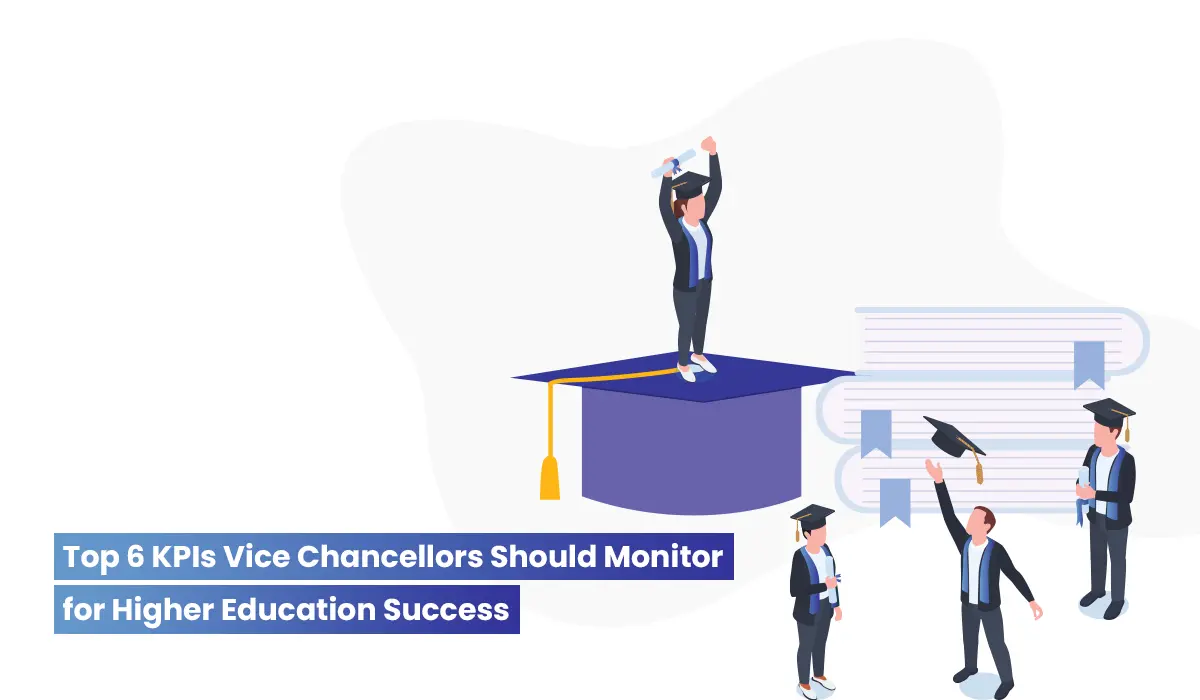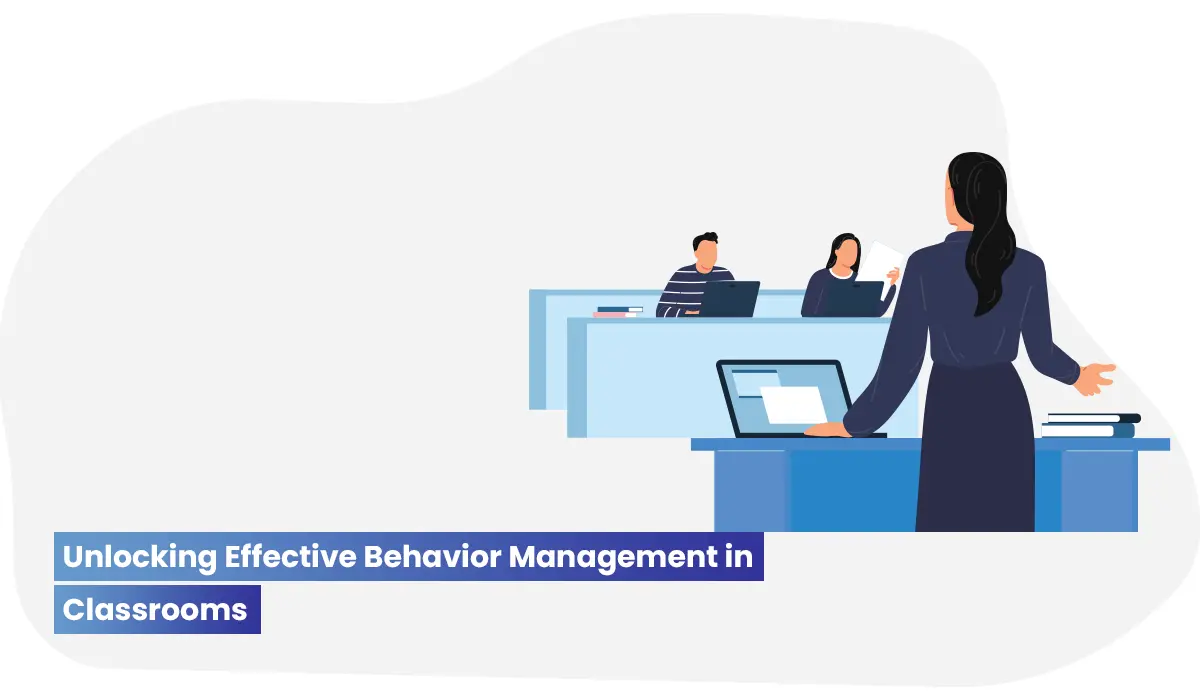VDI Puts Desktops in the Cloud
In early 2020, IT leaders at Keiser University in Florida were considering investing in Azure Virtual Desktop. When the university was forced to shut down all of its campuses due to the COVID-19 pandemic, the move became a no-brainer.
“Instead of sending all of our devices and equipment out to God knows where, we said, let’s try these cloud desktops,” recalls Andrew Lee, CIO and vice chancellor of IT for the school. “Within a week, we had it up and running.”
At the time, Keiser University was supporting more than 1,000 employees with its Azure Virtual Desktop environment. That has since shrunk to around 250 people who use the solution on a regular basis, Lee says. In addition to supporting some employees who work remotely full time, Keiser uses VDI to ensure business continuity during the Sunshine State’s volatile hurricane season.
RELATED: Find out how remote work can help universities achieve sustainability goals.
“We used to shut down for a couple of days when a major storm was expected,” Lee says. “Now, we set up the virtual environment, and if people aren’t affected, they can get online and get to work.”
Years ago, Keiser did away with on-campus data centers, and the school now hosts essentially its entire IT environment in the public cloud via Azure. This made cloud desktops a natural fit, Lee says, and the model gives the institution more flexibility compared with an on-premises VDI environment. It also drastically reduces the maintenance burden for his team, he notes.
“The things that keep me up at night are the equipment breakdowns,” Lee says. “It always seems to happen at 4 a.m. on a Sunday, and then you have to get the part and get it installed. That doesn’t happen with the cloud.”
VDI Supports Student Choice and Equal Access
At Indiana University, the school’s Citrix virtual desktop and application environment ensures that students have access to equitable compute resources, no matter what devices they might bring with them to campus. Some students use old laptops handed down by siblings, notes Matt Decker, group manager for student technology and client virtualization. Others buy inexpensive laptops through the university or check out loaners for a semester at a time. And nearly half use Apple devices that are incapable of running Windows-only applications.
#Virtual #Desktop #Infrastructure #Lets #Users #Connect










